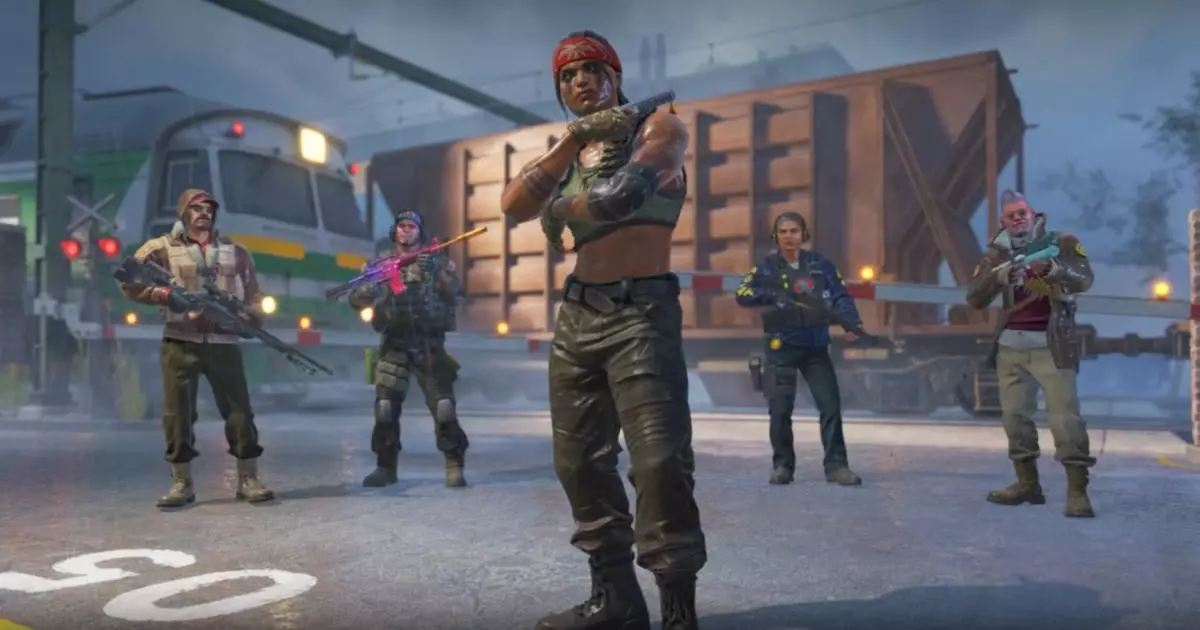Counter-Strike’s Train map is undergoing a significant transformation in Counter-Strike 2. Known for its blend of dynamic gameplay and strategic sniping, Train has long been a favorite among players. With a fresh visual overhaul from Valve, this updated environment aims to breathe new life into the classic experience. The commitment to revitalizing this iconic battleground marks a decisive step toward evolving the competitive landscape of the game.
One of the most notable changes in the new iteration of Train is its atmospheric shift. The addition of rain not only influences visibility but also enhances the ambiance with puddles that reflect the surroundings, adding depth to the battlefield. Valve’s attention to detail comes through in the graffiti-art adorning the train carts, the visible rust, and the cracked concrete—all elements that contribute to a sense of a lived-in space. These enhancements not only beautify the environment but also weave a narrative of urban decay and youthful rebellion, contrasting sharply with the previously bland aesthetics of the map.
In redefining Train, Valve has also widened the sightlines between train cars, a change aimed at diversifying gameplay strategies. The original layout, with its narrow spaces, often favored sniper-centric encounters, leading to predictable gameplay. The newly revamped layout opens opportunities for more dynamic engagement, compelling players to employ varied tactics beyond simply aiming from a distance. This evolution reflects a deeper understanding of how map design affects gameplay flow and player interaction.
Despite these esteemed developments, the community remains cautiously optimistic about Train’s competitive viability. There are lingering concerns regarding spawn placements that may disrupt balance, raising questions about the map’s readiness for serious competition. Early feedback indicates that while creative strides have been made, further refinement may be necessary to meet the diverse needs of competitive players. This suggests that community input remains pivotal as Valve continues to iterate on the gameplay experience.
In addition to Train, Valve has made updates to Overpass, also guided by community feedback. Furthermore, the addition of four new community-created maps—Basalt, Edin, Palais, and Whistle—adds more variety and excitement to the map pool. This mixture of revitalized maps alongside fresh content reflects an understanding of player desires for both nostalgia and innovation within the Counter-Strike universe.
The transformation of Train in Counter-Strike 2 is not merely a visual makeover; it signifies a commitment to enhancing the player experience both aesthetically and strategically. As players adapt to these changes, the broader implications for competitive play will become clearer. With continuous community engagement and a focus on player feedback, Train and its accompanying maps stand to redefine what players can expect from this franchise, heralding a promising future for both casual and competitive play.

